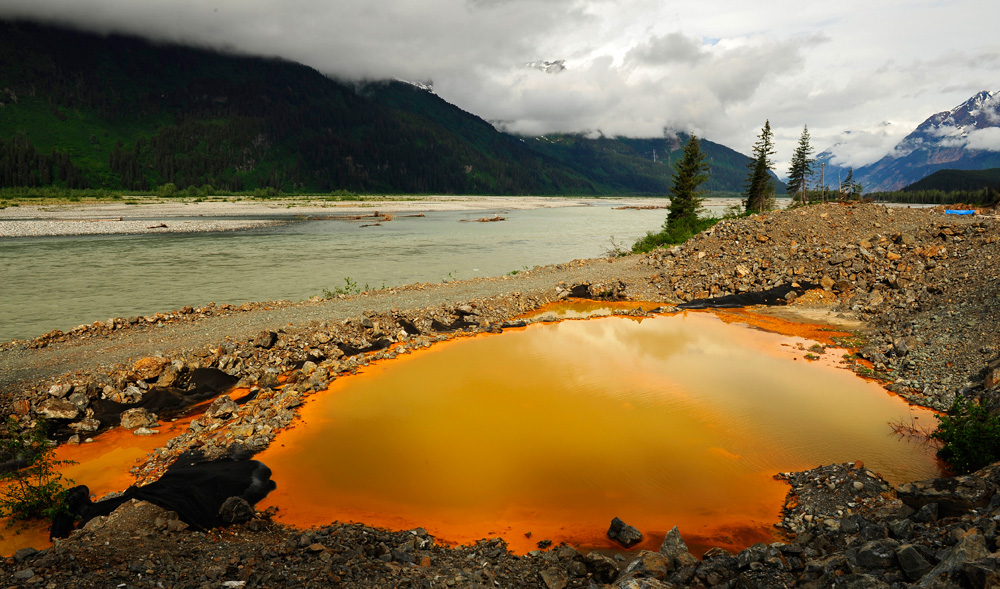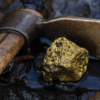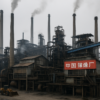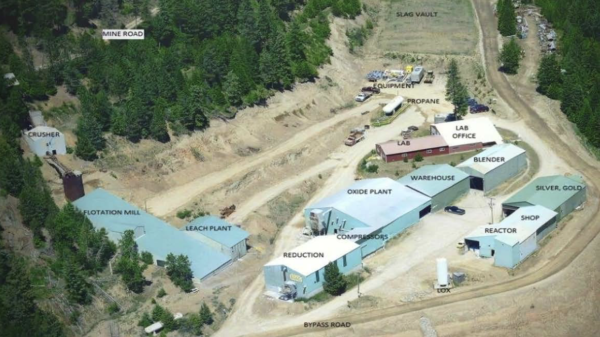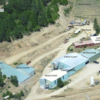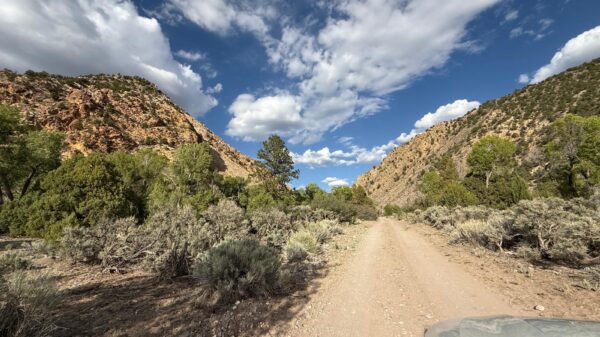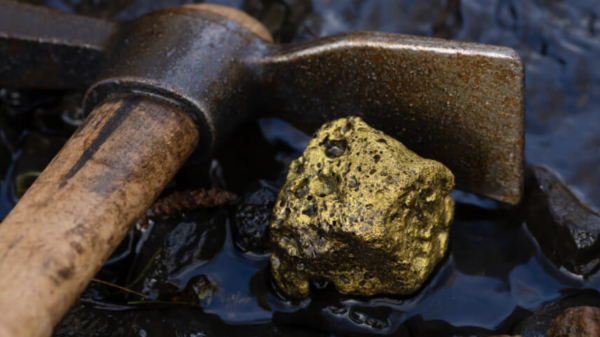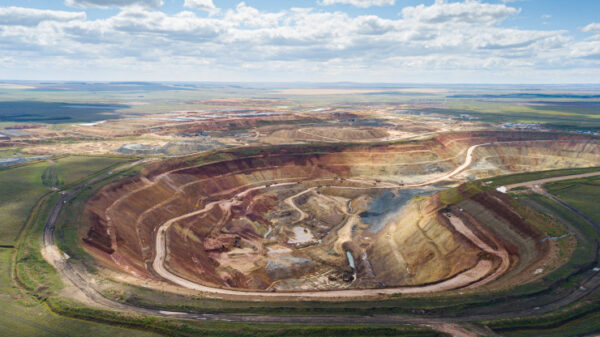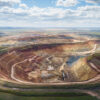British Columbia is said to have the strongest environmental regulatory regime for the energy sector. Still, mining operations in the province are constantly polluting natural areas and not addressing risks properly.
That’s according to the latest report by the non-profit B.C. Mining Law Reform named “Dirty Dozen 2023: B.C.’s top polluting and risky mines” which lists the top 11 polluting mines of B.C. and exposes loops and holes in regulations that propagate risks to the environment.
“Sadly, it seems to take dramatic events—a massive tailings failure, a court case, blockades, or international attention for transboundary pollution—to close loopholes and reform mining laws, regulations, policies or practices to reduce risks and mining pollution in this province,” reads the report.
Amidst the backdrop of global geopolitical uncertainties and the escalating climate crisis, the province of British Columbia in Canada is experiencing increased pressure to enhance mining activities. This push is coming from both governmental agencies and the mining industry.
The Canadian federal and the B.C. provincial governments are providing additional subsidies to mining ventures and formulating strategic plans to derive energy transition minerals domestically.
At the same time, mining corporations are advocating for simplification of mining permit processes. However, amidst this momentum, to expedite and enlarge mining projects, concerns and potential deficiencies in B.C.’s mining regulations persist.
Here's a summary of the mines featured in our new "Dirty Dozen" report, created by @FrancescaFionda @thenarwhalca. The full report is available at https://t.co/1mf0no97Bm pic.twitter.com/3tOSMn4fMK
— BC Mining Law Reform (@reformbcmining) May 31, 2023
Read more: B2Gold focuses on ‘Raising the Bar’ with new ESG reports
Read more: i-80 Gold releases ESG report ‘Driving the Future’
Renewals, amendments granted despite negative impacts
A recent article in Science Advances highlights how mines harm salmon watersheds by discharging into rivers, leaching toxic contaminants, altering flow regimes and water temperatures and directly modifying or destroying habitat.
According to a study by Dalhouse University researchers, most of the amendments requested to B.C. Mines were approved and many had the potential for negative impacts on water resources, despite a lack of evidence.
An estimated 2.5 billion cubic meters of tailings are presently stored at mine tailings storage facilities (TSFs) in British Columbia. This volume is equivalent to filling BC Place stadium 943 times.
The height and volume of TSFs in B.C. have been increasing exponentially over time, increasing both the risk and potential consequences of tailings dam failures.
“Instead of moving toward less risky approaches, such as waste backfilling, and de-watered and/or dry stack tailings, British Columbia has a number of proposed and approved mines that could result in some of the highest and largest tailings facilities in the world,” the report explains.
During the last year, the copper Gibraltar mine by Taseko Mines Limited (TSE: TKO) and Mount Polley mine by Imperial Metals Corp. (TSE: III) obtained renewed permits to discharge their waste through pipes into the Fraser watershed.
Read more: Hudbay Minerals to acquire Copper Mountain in US$429M deal
Read more: Nisga’a and Tahltan First Nations forge strategic alliance to leverage KSM mining project

Teck Resources Elk Valley operations have been polluting water with selenium for decades. Photo via Teck.
Teck, Taseko, Copper Mountain top the ‘dirtiest’ mines
Under the report’s dirty mines list, prominent Vancouver -based mining companies were named including Teck Resources Limited (TSX: TECK.A and TECK.B) (NYSE: TECK).
Teck was penalized $16 million for contaminating the Elk and Fording Rivers, in addition to a $60 million fine that had been imposed in 2021. The Elk Valley incident has been one of the most serious pollution problems in North America by releasing high amounts of selenium for decades, causing harm to fish and degrading water quality.
The mines are proposing expansions but have failed to adequately treat existing pollution or provide sufficient financial assurance for reclamation and water treatment.
Taseko’s Gibraltar copper-molybdenum mine has major risks from its tailings facilities and water management issues. The mine’s upstream-constructed tailings dams have a high risk of failure, with potentially catastrophic consequences. Gibraltar has a persistent water surplus, putting extra pressure on the tailings dams.
Copper Mountain by Copper Mountain Mining Corporation (TSX: CMMC) (ASX: C6C) has caused damage to fish habitats through unauthorized discharges and contamination. It still allowed increased discharges into the Similkameen River. The mine’s tailings facilities pose major risks according to the report, with a likelihood of failure underestimated and catastrophic consequences possible from even a moderate failure.
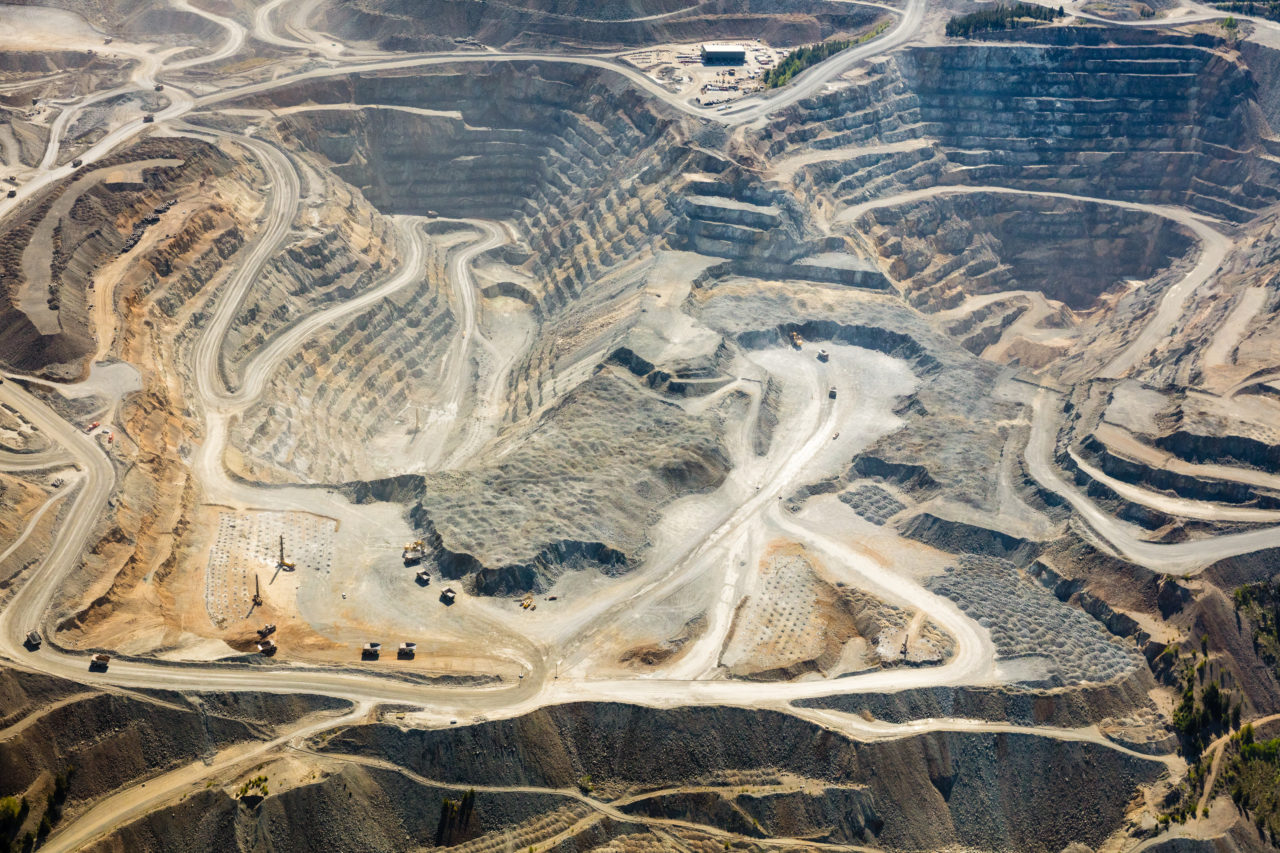
Copper Mountain Mining operations in British Columbia. Photo via Copper Mountain.
Read more: Calibre Mining delivers first shipment of Eastern Borosi ore at La Libertad mill
Read more: Calibre Mining reports record revenue and gold sales for Q1 2023
Imperial Metals’ Mount Polley copper-gold mine was the site of Canada’s worst mining disaster, with a 2014 tailings dam collapse releasing contaminated waste into Quesnel Lake. The company avoided accountability and taxpayers covered much of the costs and urgent recommendations to reduce tailings risks have not been implemented. The mine now discharges contaminated effluent into Quesnel Lake and community concerns over discharge permit extension were ignored.
Meanwhile, the Tulsequah Chief mine currently owned by Chieftain Metals Inc. continued to release acid mine drainage into the Taku watershed, as it has been doing for more than 65 years.
The mine has been plagued by multiple bankruptcies and failed ownerships, with issues such as acid drainage leakage and reclamation costs borne by taxpayers lingering unresolved.
Owned by Conuma Resources Ltd., the Quintette coal mine, has been temporarily closed for over 23 years due to bankruptcy and has raised concerns over potential harm to caribou, Indigenous rights, economic viability, and governance practices.
The Bonanza Ledge mine owned by Barkerville Gold Mines Ltd., has been criticized for repeated environmental violations, including discharging contaminants into fish-bearing waters, necessitating stricter environmental regulations.
Other mines mentioned in the dirty mines Top 10 include Banks Island’s Yellow Giant gold/silver mine, Anyox copper/gold/silver mine owned by the hydro-electric company, Seabridge Gold’s KSM mine and Allegiance Coal Ltd.’s proposed open-pit Telkwa Coal mine.
Read more: Mine reclamation loophole creates environmental risk
Read more: Lundin Gold commits to carbon neutrality by 2030, publishes ESG report
BC’s mining regulations deep-rooted in colonization
As of 2022, mining claims had been staked on 10.9 million hectares of land in British Columbia.
The Gitxaała Nation has filed a lawsuit against the province regarding mineral claims in their territory, alleging that the Crown did not consult with Gitxaała leadership as mandated by B.C.’s Declaration on the Rights of Indigenous Peoples Act (DRIPA).
Despite commitments to modernize the Mineral Tenure Act in the DRIPA Action Plan and the Minister’s mandate letter, the B.C. government is currently arguing in court that its mining policies do not harm Indigenous peoples.
It is crucial to recognize that mining in British Columbia has deep-rooted ties to colonization, the report reads.
Ever since the enactment of the 1859 Gold Fields Act, modern-day prospectors only need to acquire a “free miner’s certificate” by paying an individual fee of $25 or a corporate fee of $500.
With this certificate, a miner can claim an area of interest online for a fee of $1.75 per hectare, granting them the right to explore for minerals in over 76 per cent of the province without seeking permission or consent from Indigenous nations, private landowners, or municipalities.
B.C. Mining Association president rejects findings
Michael Goehring, president and CEO of the Mining Association of British Columbia, pushed back on the group’s findings and defended and challenged the accuracy of the research.
He argued that the data used was selective and biased, failing to provide a comprehensive view of BC’s mining industry.

President of the B.C. Mining Association Michael Goehring. Photo via Twitter.
“B.C.’s mines adhere to some of the toughest regulatory standards globally when it comes to environmental assessment, operational permitting, compliance and enforcement, and post-closure monitoring and reclamation,” he said in a statement to Glacier Media.
He claims that the province has enacted significant reforms to mining laws, enhancing regulations pertaining to health, safety, and mine reclamation, and updating guidelines concerning water quality and mine tailings storage facilities.

